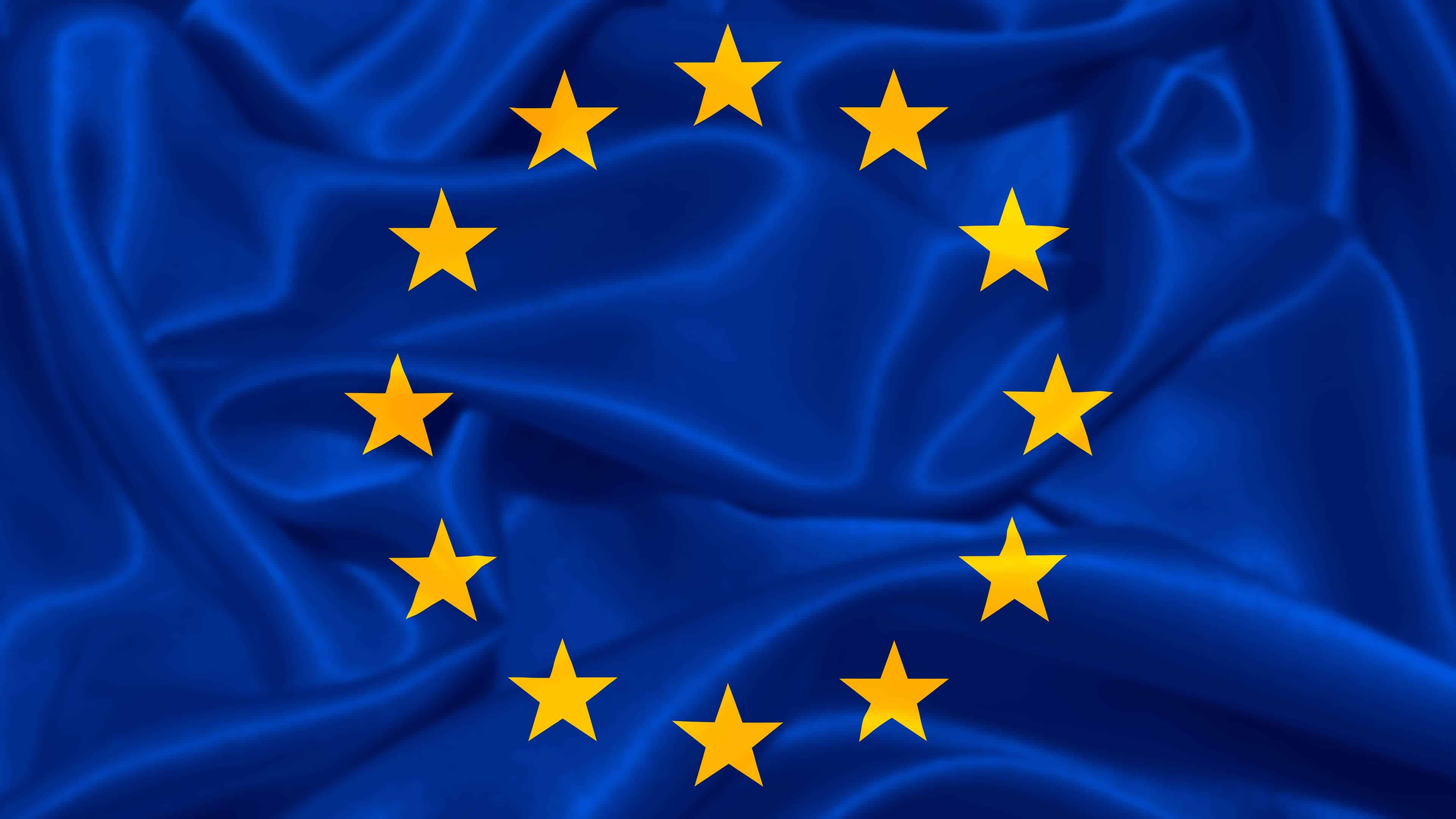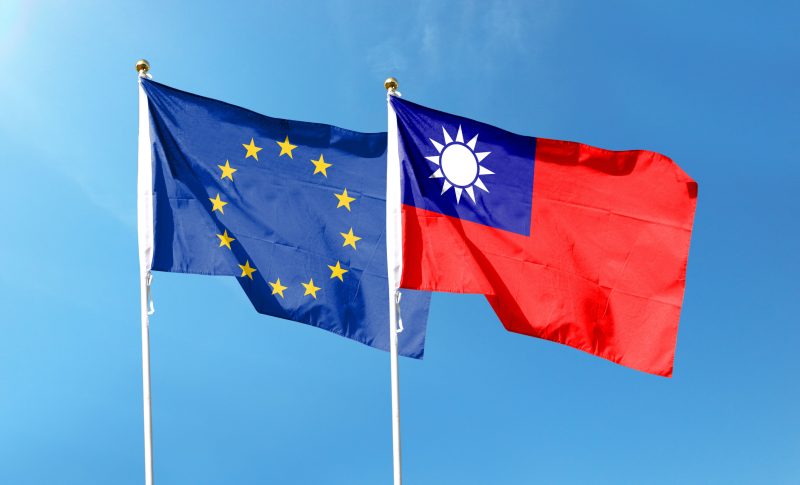There is no question about Taiwan’s status today. Only an authoritarian regime’s denial of a reality its ideology finds inconvenient.
[Op-ed by Roy Chun Lee, Taiwan’s Ambassador to the EU and Belgium.]
[…]
Over the past 130 years, the people of Taiwan have cultivated a unique identity with a multicultural heritage, drawing not only from Chinese influences but also from the Dutch, Spanish, Japanese, and Taiwan’s indigenous peoples, who are widely regarded to be the origin of all Austronesian cultures. Like the identity-building process of most European countries, Taiwan’s journey has been a mixture of darkness and light, suffering and joy, struggle and triumph.
Yet these elements are exactly what make the Taiwanese identity unique and render it a special, like-minded partner to Europe and the world, with or without formal diplomatic recognition.
[…]
Unfortunately, instead of applauding Taiwan, the PRC has continually employed every available method to deny the existence of Taiwan. One of the most frequently used tools is to distort the meaning of UN Resolution 2758, arguing that the Resolution reflects a global consensus that Taiwan is part of the PRC.
This is fake news. The following is a direct quotation from a speech delivered by European Commissioner Nicolas Schmit, on behalf of EU High Representative/Vice-President Josep Borrell in October 2024: “United Nations Resolution 2758 is very short - only 150 words. And among those 150 words, the word ‘Taiwan’ does not appear. The resolution switched representation in the United Nations from the ‘representatives of Chiang Kai-shek’ to the ‘representatives of the Government of the People’s Republic of China’”.
In short, Resolution 2758 provides no legal basis for the PRC to claim ownership of Taiwan or to deny the fact that Taiwan has existed as a sovereign, independent, and meaningful country for the last 75 years.
[…]
Europe can help deter coercion in the Taiwan Strait.
-
First, face the facts: Taiwan is a democracy whose sovereignty is exercised and enjoyed every day by its 23 million people. No amount of propaganda can erase that reality.
-
Second, expose and resist coercion: Call out and reject the PRC’s disinformation campaigns, economic blackmail, and military intimidation whenever and wherever they appear.
-
And third, invest in partnership: Expand trade, technology, security dialogues, and cultural exchanges with Taiwan, so that shared values can become shared resilience.
[…]



No, Chinese Characters was written language of Japan before Japan even had a written language. Chinese was first written and used in Japan from the 4th AD up till the 9th AD when Japan officially created their own written language. As a matter of fact, most of China wasn’t even a united country during that time.
Once again, you’re wrong. Korea also used Chinese characters from the 4th Century till the middle of the 1400s. Fun fact, the Chinese language was used for 1100+ years and modern korean was used for around 500 years.
My argument is fine
No, not at all. This is is like saying most countries speak Latin because they use Roman letters.
The analogy is incorrect, because Chinese logograms actually denote concepts, and can be called a language by themselves. Like sign languages, or signal sets.
No. Japanese people cannot read Chinese, and vice versa, any better than Europeans can read each others languages by guessing from similar-looking words. Usually worse because Chinese and Japanese are whole different language families, less related than most European languages. Sure, Banqiao and Itabashi cities both have the same “wood bridge” name written down, and trivial things like that, but the claim I was responding to was that using Chinese characters meant that Japanese and Koreans spoke Chinese, (the parent claimant’s actual words a couple of messages before), which is ludicrous.
Their nobility indeed used Chinese language at some point, and spoke it, and that’s how both have the legacy of using Chinese characters.
sure, true. like the roman empire and roman catholic church are why so many places use latin’s letters today. due to printing decisions from a tiny ruling class only, not the general population actually speaking those languages. again, using the character set does not mean languages are mutually intelligible, heck look at modern vietnamese all in roman letters.
earlier, weren’t you, correctly, pushing back against jaschen306’s overblown claim that this means “japan and korea spoke chinese”, when we both know it was a second language for the elite class only?
The way I meant it was that using Chinese logograms is not the same as using Chinese language, because a few (from European point of view) different languages are written down using them, some even of other language families.
So in case of Japan and Korea two spinoffs of like 1600 years old formal variant of Chinese language were used.
Which is not the same as Taiwan literally speaking the kinda same language.